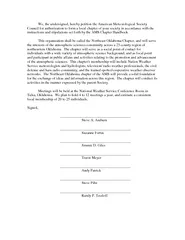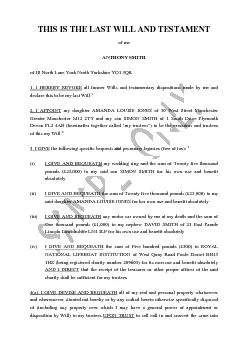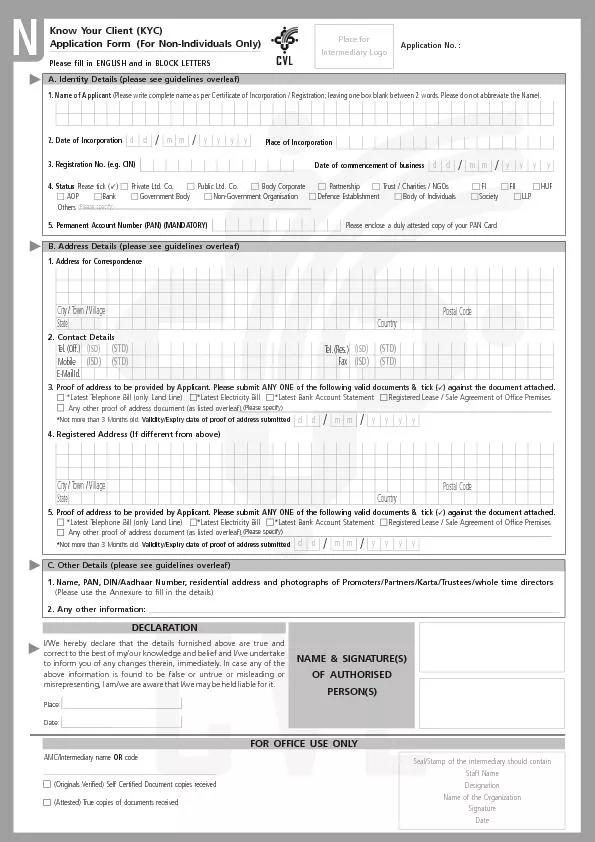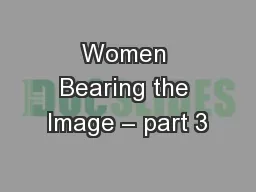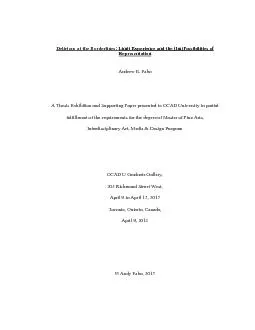PDF-ChennaiApril 201DECLARATION BY THE CANDIDATEI hereby declare that this
Author : norah | Published Date : 2022-10-14
CERTIFICATE BY THE GUIDEThis is to certify that the dissertation titled Comparison study between open transinguinal Preperitoneal hernia repair and Lichtenstein146s
Presentation Embed Code
Download Presentation
Download Presentation The PPT/PDF document "ChennaiApril 201DECLARATION BY THE CANDI..." is the property of its rightful owner. Permission is granted to download and print the materials on this website for personal, non-commercial use only, and to display it on your personal computer provided you do not modify the materials and that you retain all copyright notices contained in the materials. By downloading content from our website, you accept the terms of this agreement.
ChennaiApril 201DECLARATION BY THE CANDIDATEI hereby declare that this: Transcript
Download Rules Of Document
"ChennaiApril 201DECLARATION BY THE CANDIDATEI hereby declare that this"The content belongs to its owner. You may download and print it for personal use, without modification, and keep all copyright notices. By downloading, you agree to these terms.
Related Documents






